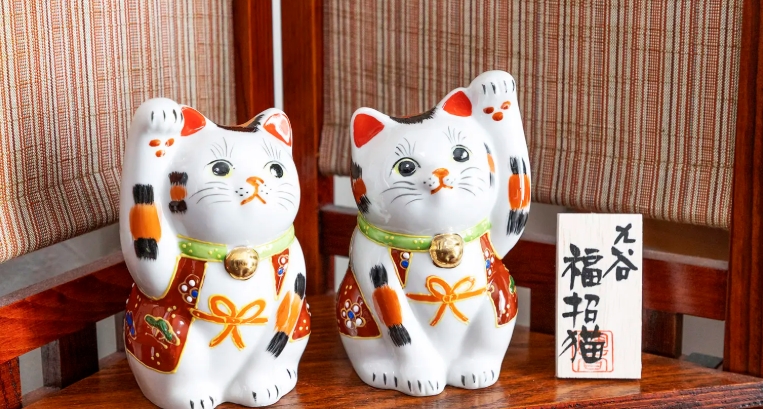The Chinese waving cat statue, also known as Maneki-neko, has become an iconic symbol of good fortune and prosperity, especially in Asian cultures. Many people find it not only charming but also a meaningful addition to their homes and businesses. This article explores the origins, symbolism, and various styles of this beloved figure to deepen your understanding of its cultural significance.
1. The Origins of the Maneki-neko
The Maneki-neko has a rich history that dates back to the Edo period in Japan (1603-1868). According to popular folklore, the statue’s origins can be traced to a poor temple priest and his cat. One day, the cat raised its paw, beckoning a traveler who later became a benefactor for the temple. Over time, the waving cat morphed into a universal symbol of good luck and protection. While the Maneki-neko is primarily associated with Japan, it has also found its way into various cultures, including Chinese beliefs where it is known for attracting wealth and positive energy.
2. Symbolism and Meaning
The waving motion of the cat is believed to invite good fortune and prosperity. Typically, a raised right paw signifies wealth and business success, while a raised left paw invites customers and clients. The placement of the cat is also significant; placing it near the entrance of your home or business is thought to attract good luck. Moreover, different colors of the Maneki-neko carry different meanings: a white cat symbolizes purity, black wards off evil spirits, while gold is associated with wealth. Understanding these nuances can enhance your connection with this charming figure.
3. Varied Styles and Cultural Representations
Maneki-neko statues vary in appearance across different cultures. In China, for instance, the waving cat may be adorned with traditional motifs and golden coins, emphasizing its role as an emblem of financial success. In contrast, Japanese versions often showcase intricate designs and can be found in various poses. You can find Maneki-neko in materials such as ceramic, wood, or even plush toys, making them versatile decorations. Each style captures the unique artistry of its culture while retaining its core meaning of goodwill and prosperity.
In conclusion, the Chinese waving cat statue is far more than just a decorative item; it represents a deep connection to culture and tradition. Whether you choose to display one in your home or business, understanding its history and symbolism can help you appreciate the positive energy it invites. Keep exploring this fascinating topic to discover more about how such symbols can enrich your life!

